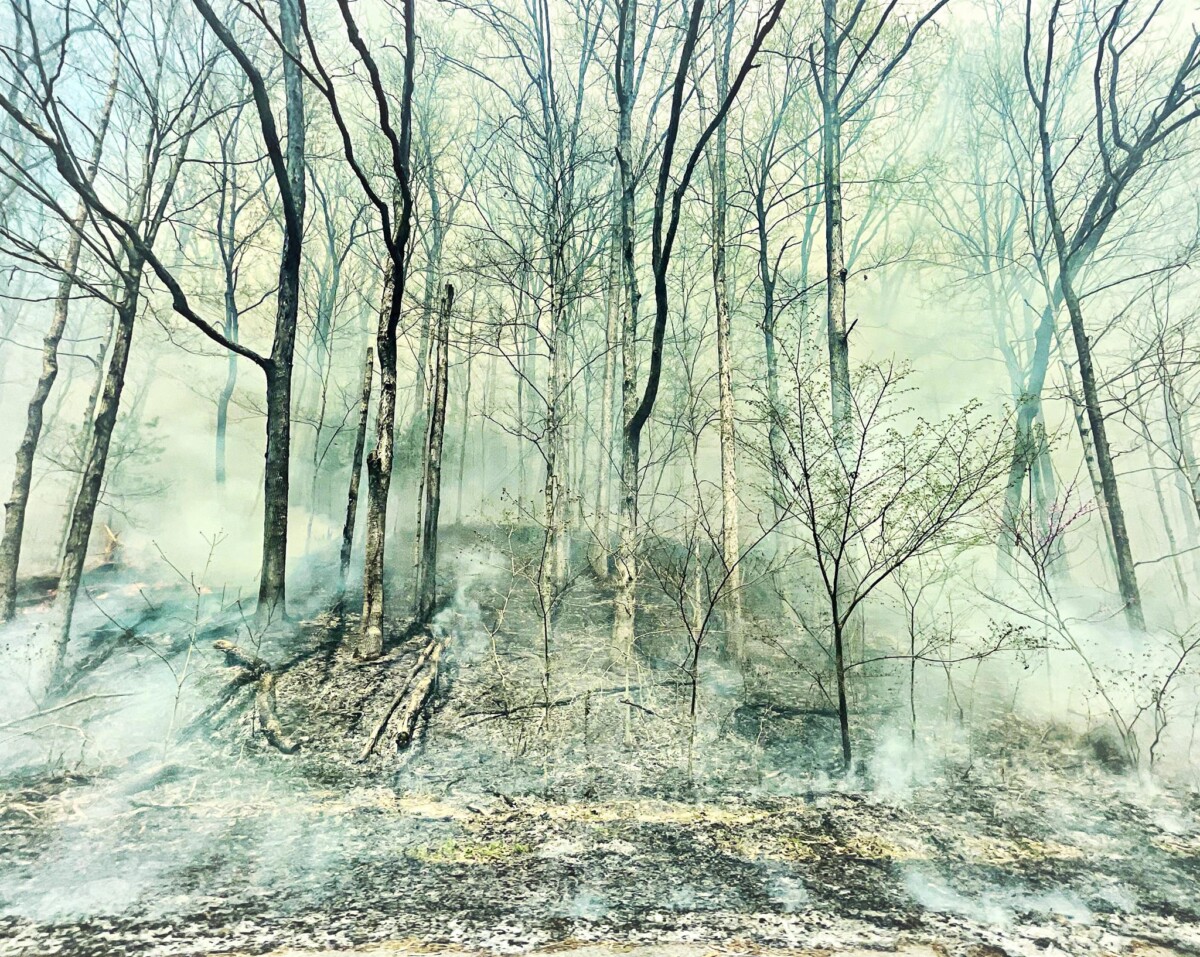
As wildfire smoke from Canada once again affects air quality in all corners of the Hoosier State, just months after fires intentionally lit by Indiana Department of Natural Resources (DNR) Division of Forestry wreaked havoc on rural Southern Indiana, Indiana Forest Alliance Executive Director Jeff Stant made the following statement:
“For many Hoosiers, these last few weeks have likely been their first direct exposure to wildfire smoke and all the various health hazards it brings. Unfortunately, many residents of southern Indiana are already familiar with these effects – not from wildfire, but from so-called ‘managed’ fire, also known as ‘prescribed burns.’ Just this year, fires intentionally lit in the Ferdinand State Forest by the State Division of Forestry brought limited visibility and severe health risks to Southern Indiana residents with asthma, lung disease and other cardio-pulmonary conditions.
“Hoosiers are rightfully concerned with the current smoke coming from Canadian wildfires, but during the Ferdinand State Forest fires, the ambient air quality in surrounding residential communities was actually worse than the pollution from the Canadian wildfires measured by monitors in Indiana.
“Despite this, the US Forest Service plans to move forward with their own intentional prescribed burns throughout the Hoosier National Forest , claiming these prescribed burns are needed to restore the natural forest ecosystem.
“In just two projects alone, the Buffalo Springs and Houston South ‘Vegetation Restoration Projects’, the Forest Service is planning to repeatedly burn some 28,000 acres over the next two decades
“When the Forest Service claims they are setting these fires to maintain the woods, they are actually doing the opposite. Indiana forests are different from forests in the West. In Indiana, our hardwood forests are much more moist, and lightning strikes occur here primarily during rains, making our forests much less susceptible to the wildfires that are consuming western forests.
“Even though there is no research that indicates fire is, or ever has been, a major source of forest disturbance in the central hardwoods, the Forest Service continues to plow along with its plans, leaving thousands of Hoosiers in rural communities to pay the price.
“As Indiana is surely set to face more consequences of the climate crisis in future years, the last thing we need is our own Forest Service further burdening the health of at-risk Hoosiers.”
Photos of smoke and fire damage in forests and residential areas near Hoosier National Forest from earlier this year can be found here and here.
Additional information about air quality data near the Ferdinand State Forest can be found here and in this spreadsheet of historical air quality collected from the Ferdinand Fire Tower air quality monitor. April 12, 2023 is the date of the fire in question.
Historical air quality data for Indianapolis can be found here. Scroll down to the “historical air quality” section on the right side of the webpage and click “daily” to view history for the last 30 calendar days.
